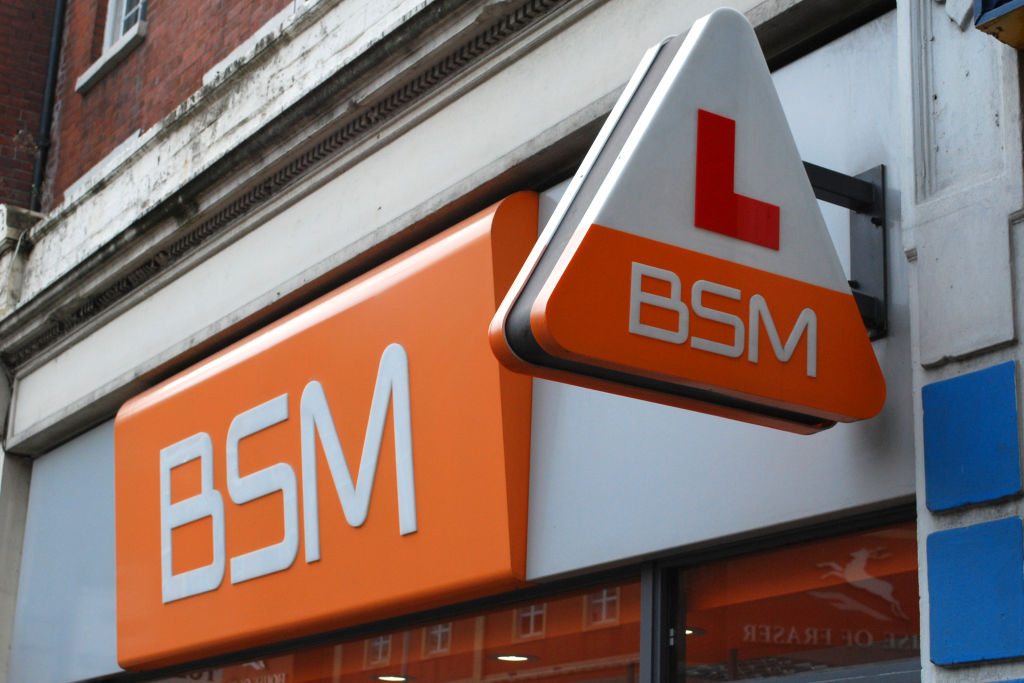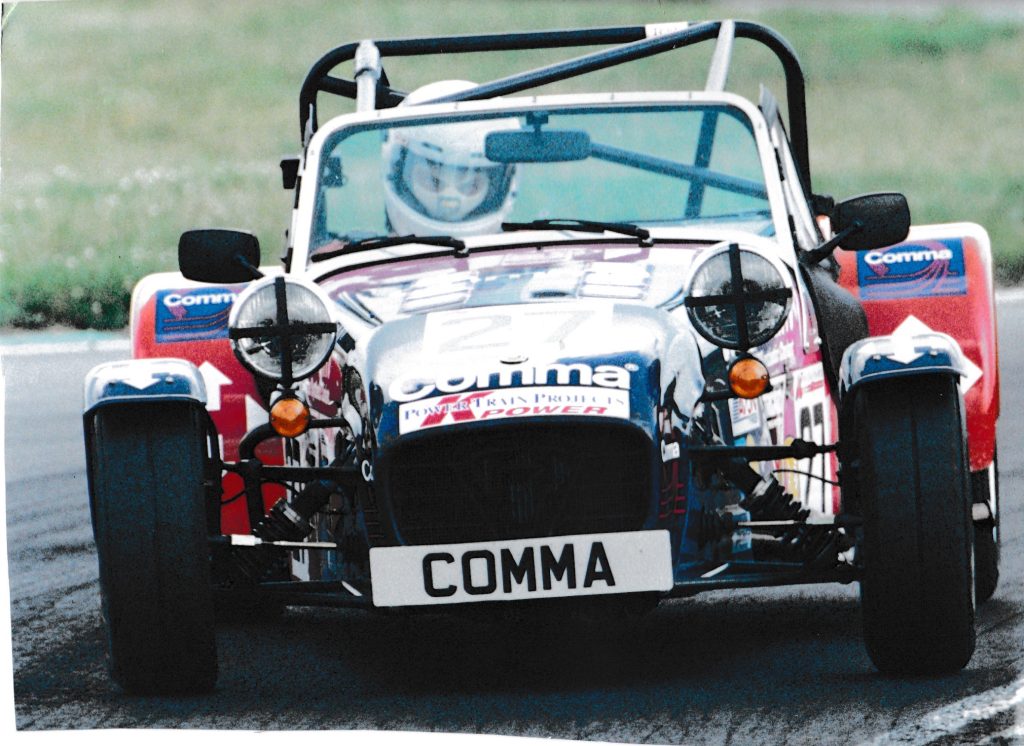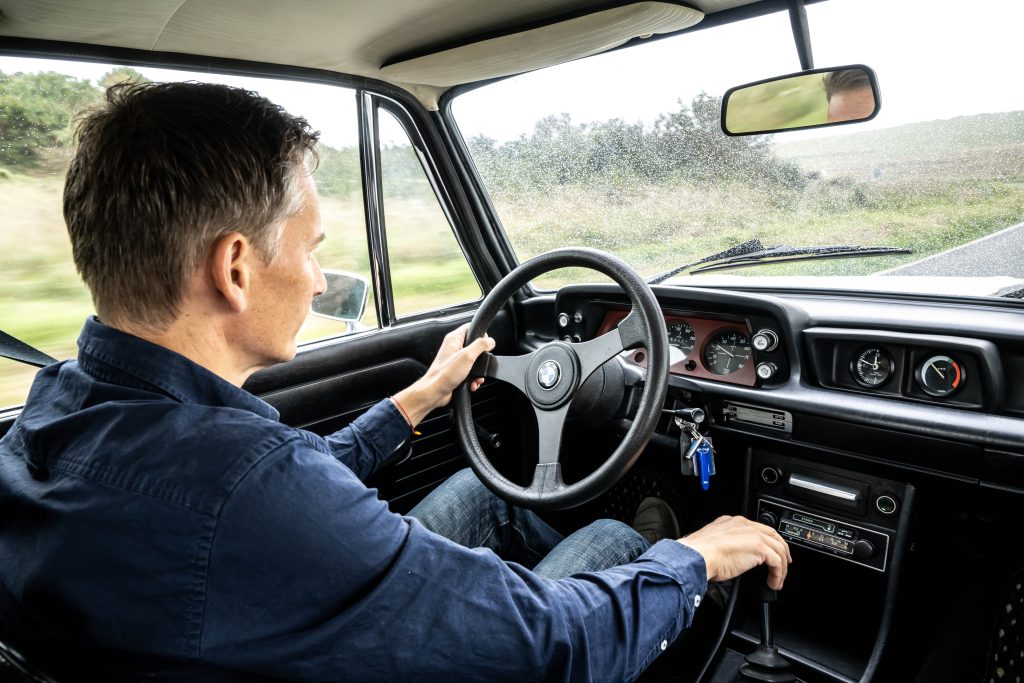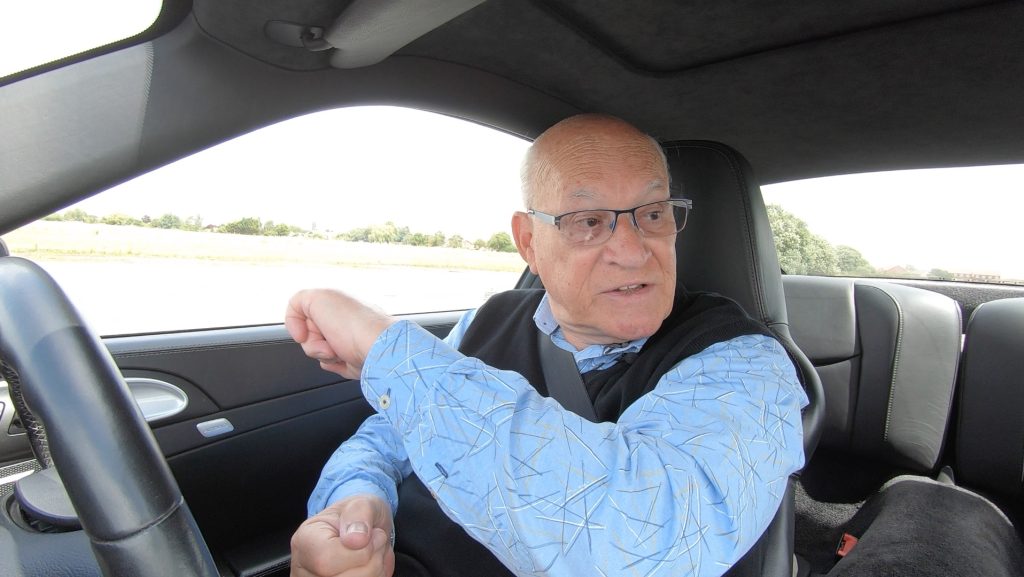It’s that time of year when people like me write about how people like you should make a New Year’s resolution or two. You know, simple things that make a difference: join a sports club; grow your own vegetables; give away all your worldly possessions and join David Icke in his ongoing struggle battling the Archons inter-dimensional race of reptilian beings.
Then again, given most of you are interested in cars, perhaps I should share some helpful tips for turning a new leaf on the road.

Except, I’ve already preached about offsetting your car’s emissions. So how about promising to be a better driver? Sounds easy, right? Not so fast…
Now, I have done my best to learn how to handle a car over the years. Informal lessons started with riding in the back of Mum’s Mini Metro, with Dad at the wheel and my pal Charles sat beside me while all around snow fell like a scene from a Disney winter money-spinner. Which is why Dad decided it was the perfect time to demonstrate the art of the handbrake turn.
Things were going well, until they weren’t, and we drifted up an embankment whereupon the front valance was stoved-in by a sodding great rock that someone had placed on the grass to stop drivers mounting the verge. Dad failed to declare the damage. Several days later, Mum accused our French au pair – the only other person using the Metro – of crashing the car and grew increasingly irate as she denied doing it. I can still hear the explosive row after Dad fessed up.
Not long after, my uncle gave me the keys to his Mk1 Golf GTI and said, Fill yer boots, and around the rugby club car park I went, practising starts, stops, and the occasional change to second gear while the grownups were at the bar.
After selling a two-stroke kart I’d been messing around with, I used the cash to buy my first car, a Ford Anglia 105E, and started learning to drive on the road, with Dad in the passenger seat. Formal teaching only arrived as I approached 17, and another Metro appeared in my life, this time a posh Rover Metro sporting a large plastic pyramid on its roof emblazoned with a British School of Motoring logo.

I only remember two things about my driving lessons: In 1990, Eastbourne was the easiest place on earth to learn to drive and take your test; and my instructor, a lady, was uncomfortably fond of touching my knee.
Once I got a job on a national car magazine, driving ‘lessons’ came in all forms. From coaching with colleagues to watching the pros in action, I started to soak up tips and techniques like a sponge.
Then came my first step on the motorsports ladder – taking my ARDS (Association of Racing Drivers) race licence, in a Peugeot 306 XSi with the late Neil Cunningham sat alongside me, a successful Kiwi racer trying to get ahead of the chasing pack in Britain.
Cunningham was picked by Sir Jack Brabham for the Driver to Europe initiative. As coaches go, he was warm, trusting, and encouraging. As soon as he sensed I wasn’t going to get either of us into trouble, he went far beyond what was required on the day and had me ragging that hot hatch to within an inch of its life, playing around with throttle adjustment, trail braking, and weight transfer to make the 306 four-wheel dance.
Perhaps the most relaxed of the pros I encountered was Kelvin Burt. Remember Burt, the 1993 British F3 champion who (in those days) rarely tested, turned up just before qualifying and would put it on pole? We spent a day at Mallory Park, shaking down a Caterham 7 I ran in the inaugural Caterham Scholarship series. We jumped in the car, him driving and trusting that all the wheels were torqued tight, and off we went. After about two laps he’d shown me enough and wanted me to drive, hand signals gesturing me to nail an apex or w-a-i-t for a braking point.

Another driver who seemed entirely happy to go above and beyond the call of duty was the late Will Hoy. In 1996, the magazine I worked for was the media partner of Renault in the BTCC, and Hoy was a columnist. We’d have Hoy drive cars and share his feedback, which yours truly would transcribe and turn into copy for publication.
A pro like Hoy could have rocked up at Millbrook, the proving ground in Bedfordshire, done three laps of the ‘outer handling circuit’ and left it at that. But when he sensed I was enthusiastic to learn more about hustling a car right at the limit, we swapped seats and he gave up his time to work away on my technique, without so much of a flinch if I made a hash of a corner.

And so it went. Roger Clark giving it hell in an Escort RS2000. Lessons in left-foot braking from Rauno Aaltonen. Competing against Hoy and his BTCC teammate, Paul Radisich, on track and on the rallysprint stage at Silverstone. (Reader, we beat them, even though they tried to cook the brakes…) Racing Caterhams. Gutted when, after making up nine places at the race start, the gear linkage came apart on Martin Donnelly’s original Lotus Motorsport Exige. Riding with WRC stars. Track testing BTCC cars and even a DTM machine. Drifting on frozen lakes in Scandinavia. And learning just how far off the pace you are when entrusted with a Le Mans–winning machine, in my case the Audi R10 TDI with a data set for comparison provided by Dindo Capello.
All this and more informed and improved my driving, and I still have to pinch myself to this day that it happened. Yet there’s one other driving professional who above all made the most difference to my abilities on the road.
Paul Ripley has been called ‘God’s chauffeur’ in his time. What he doesn’t know about advanced road driving techniques and coaching them isn’t worth knowing. A forthright Yorkshireman (“James, you’ve got your A roads, your B roads, and your GLF roads.” GLF? “Go like f***”), I underwent coaching with Ripley twice in my early career, and over the years I’ve come to appreciate that nothing has been as transformational when it comes to driving. Because, at the end of the day, you can boast all the car control you like, but if you can’t interpret and adapt to the environment and fellow drivers around you, you’re an accident waiting to happen.

After a spell in the US, Ripley is back in the UK and sharing his skills with those willing to embrace being a better driver. (Perhaps you’ve attended one of his keynote sessions at venues like The Motorist?) So, if you want a serious suggestion for a New Year’s resolution, and you don’t have access to professional racing drivers from various disciplines, you can’t do much better than brushing up your technique with the ‘Driving Doctor’.









